
Head over Heels - Dungeonalia entry
What do you mean 7x7 ?
An innocuous comment in the last post, but let’s just clear up why our largest room size is going to be 7 by 7 and not 8 by 8
Now it’s perfectly possible to see that the room in the screenshot above is based on an 8 x 8 grid. So why only seven-by-seven?
Well, firstly, let’s think about why the largest room on an 8-bit machine with an 8-bit microprocessor, working with 8-bit memory might have a map of rooms created from an 8 x 8 grid…. ok, spoiler alert – it’s to do with compressing the map data into as few bytes as possible.
But look at that doorway. It straddles two squares of the grid.
In the videogame, you can move your characters within the grid squares that map up each room. But for our tabletop game, we’re going to move in whole grid-squares.
What this means is we need to place our doorways over a single square – we can’t have doorways that straddle the line between two grid squares (we could make them two squares wide, but that just feels like a cop-out.)
One thing that really sets the scene in the game is that doorways are always, consistently, in the centre of each wall. But if we’re going to have one door taking up just one grid square, we need to keep to an odd number of squares.
Which means a 7 x 7 grid, not an 8 x 8.
But I don’t think it was ever suggested that we’re trying to completely remake the game exactly (such a claim would be overly-ambitious at best, more likely impossible). But a tabletop game that is heavily influenced on it.
It’s quite possible things will change in future; I might make corridors that are only 2 squares wide and just put the doorways off to one side, instead of in the middle. But even if that happens, I reckon a seven-inch-square playing area is going to be big enough for even the most devious of puzzle rooms!































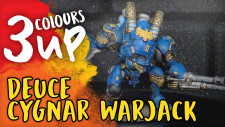




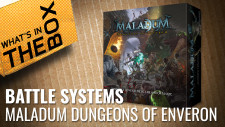




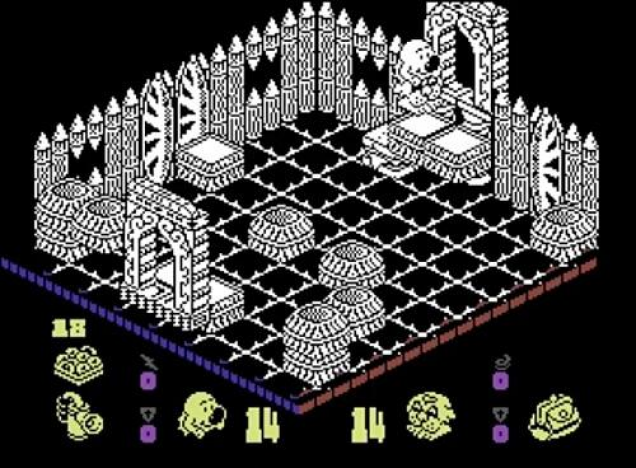
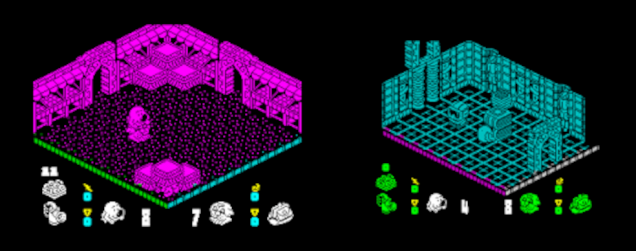

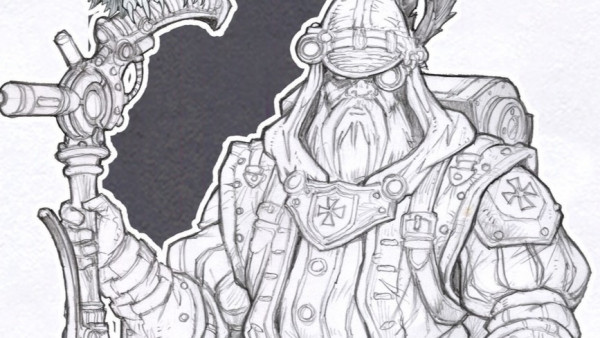
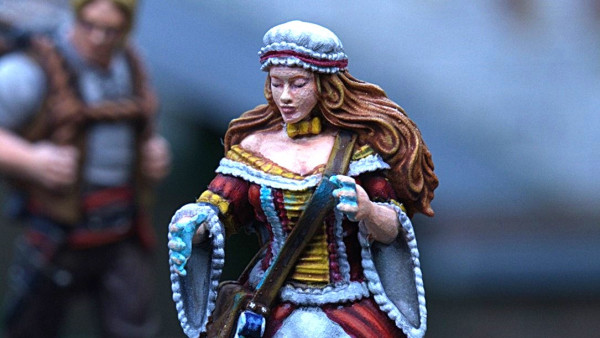




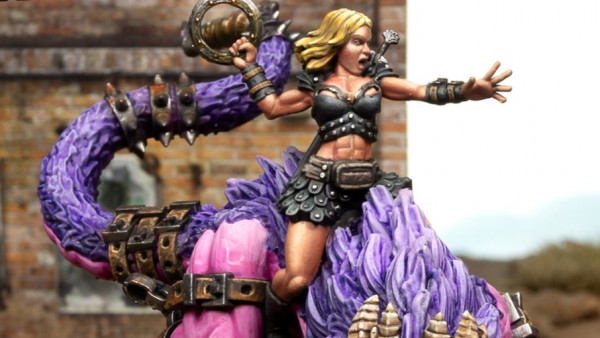
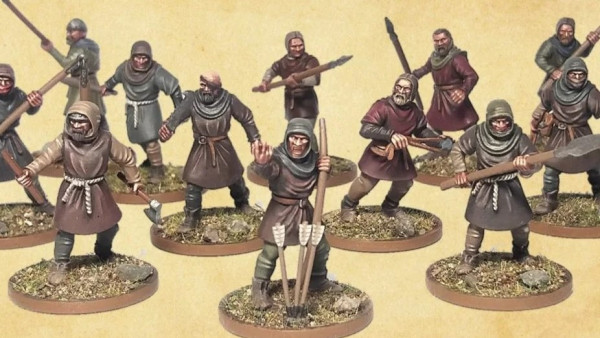




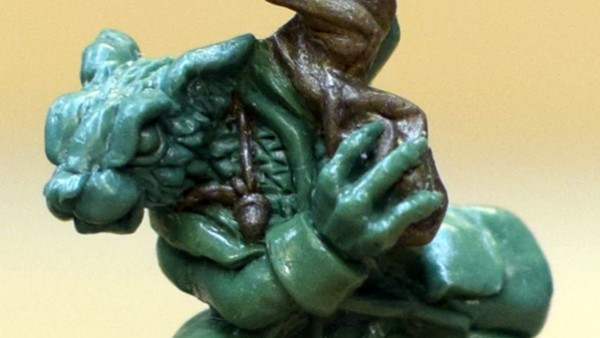




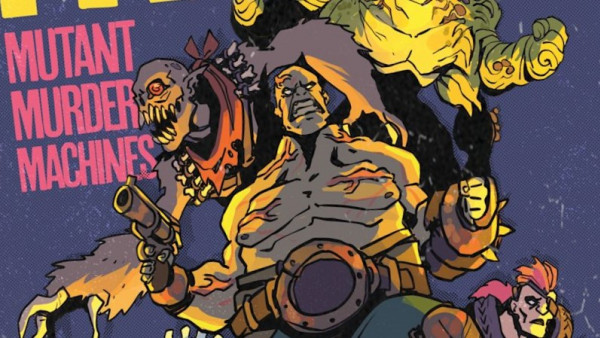





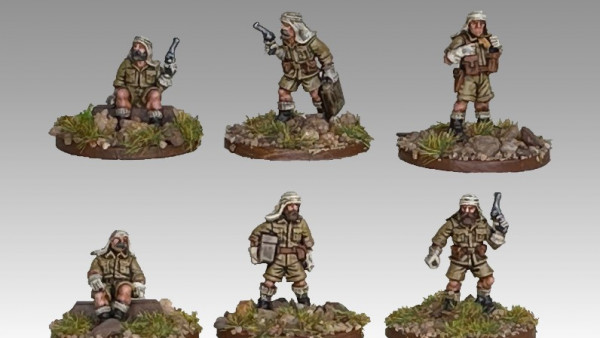
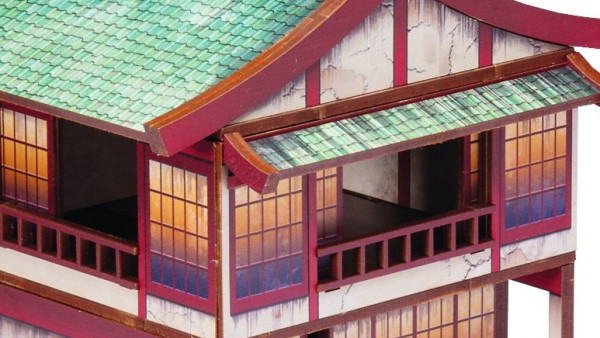


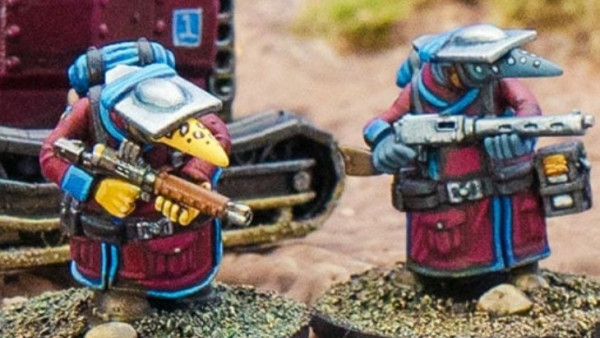
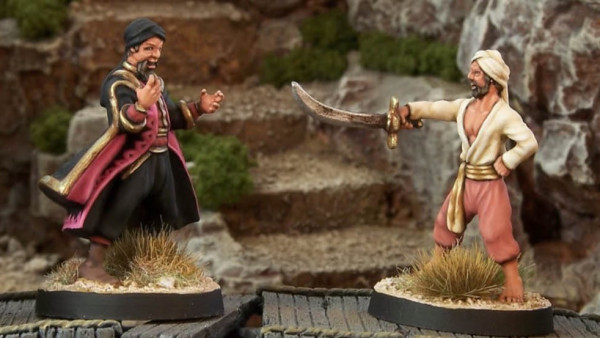



Leave a Reply